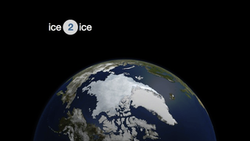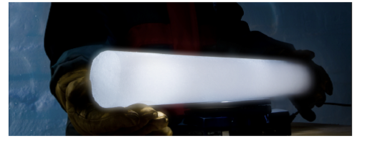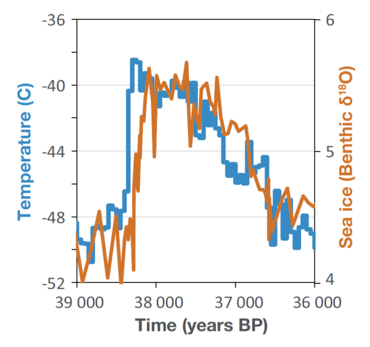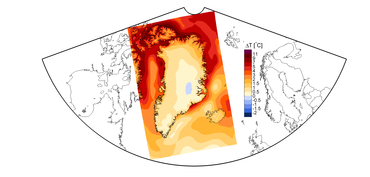Ice2ice ready for take off

By Ruth Mottram
What if Arctic sea ice were to abruptly disappear? How would this affect the Greenland ice sheet? What would the effect be on the surrounding seas?
These are the questions that keep scientists awake at night. Now DMI scientists and our partners have the opportunity to find out.
Together with colleagues from the Niels Bohr Institute’s Centre for Ice and Climate and the Norwegian Bjerknes Centre for Climate Research we will be launching the unique and multidisciplinary ice2ice project. With a budget of €12 million, the ice2ice project is the first synergy grant to be awarded in Scandinavia from the European Research council. The project will explore the links between Arctic sea ice and the Greenland ice sheet by careful examination of past episodes of abrupt change in sea ice cover when temperatures in Greenland increased by as much as 15°C in a decade with global implications.
Highlights of the project include a new ice core going back more than 120,000 years, to be drilled next year from the Renland ice cap by scientists at the Centre for Ice and Climate. There will also be a new ocean sediment core drilled by the Bjerknes Centre. The Danish Climate Centre at DMI will be contributing our substantial expertise in numerical modelling at the global scale and at unprecedented high resolution (~2km) at the regional scale to link the ocean – atmosphere – sea ice and ice sheet systems together. The project aims to understand why these abrupt changes occurred when they did and if they are likely to happen again.
 |
 |
 |



